(ECNS) -- Chinese researchers have identified two species of shrub oxen from fossils of bovidae discovered in the Gonghe Basin of Qinghai Province and the Nihewan Basin of Hebei Province. This marks the first discovery of shrub oxen in Eurasia, suggesting that they likely originated on this continent before migrating to North America.
The discovery was announced at the 2024 China Conference on Archaeozoology and Archaeobotany on Tuesday in Zhengzhou City, Henan Province. The related research findings were published in the academic journal Quaternary Science Reviews in July.
Shrub oxen are a large species of bovidae that went extinct in the early Holocene period (approximately 7,000 to 8,000 BCE). Prior to this discovery, their fossils had only been found in North America.
Bai Weipeng, lecturer from the School of History and Culture at Hebei Normal University, explained that research shows the bovidae fossils unearthed from the Gonghe Basin in Qinghai and the Nihewan Basin in Hebei date back to the Early Pleistocene, approximately 2 million years ago. The two identified species were classified as the mountain shrub ox and an indeterminate species of the shrub oxen genus. The most distinctive feature of this type of bovidae is their horns, which twist and grow forward.
Public research data indicates that the earliest shrub ox fossils discovered in North America are from the Late Early Pleistocene, dating back approximately 1.1 million years.
"The stratigraphic age of the shrub ox fossils unearthed in China is earlier than that of North America, suggesting that shrub oxen likely originated in Eurasia before migrating to North America," Bai explained.
Based on ecological and morphological studies of the fossil teeth and limb bones, it was found that the indeterminate species of shrub ox in the Nihewan Basin had a similar diet and ecology to the mountain shrub ox in North America.
These animals primarily lived in mountainous regions, feeding on leaves and shrubs. The Xiong’er Mountains, located in the northern part of the Nihewan Basin, provided a suitable environment for shrub oxen at that time.
Phylogenetic studies show that shrub oxen formed a sister group with musk oxen, indicating a closer evolutionary relationship between the two compared to other bovidae.
“Building on previous research, we expanded our study to include Quaternary musk oxen and concluded that their evolution can indeed be divided into two groups: high-horned and low-horned species. These two groups migrated from Eurasia to North America during the Late Early Pleistocene to Early Middle Pleistocene, and the Late Middle Pleistocene, respectively," Bai stated.
This research provides new material on the diversity and evolution of musk oxen and is significant for understanding faunal exchanges between Eurasia and North America during the Quaternary period.











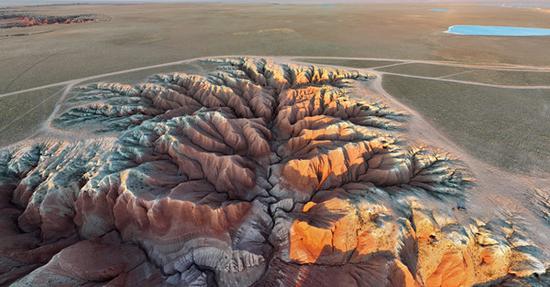


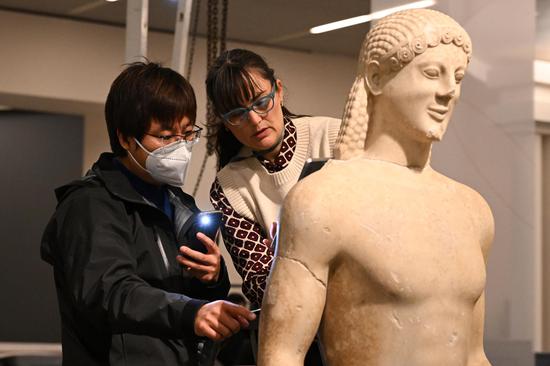






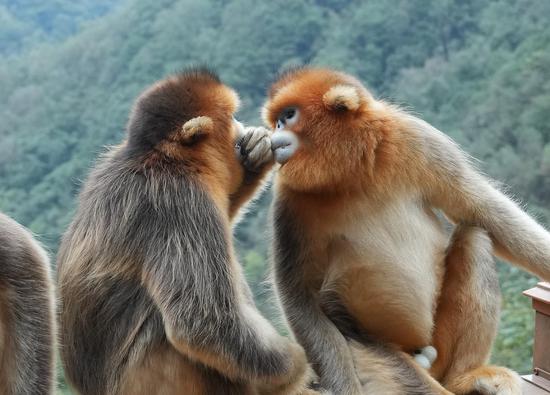
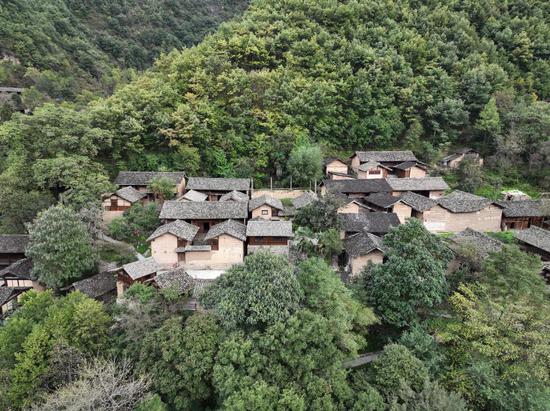

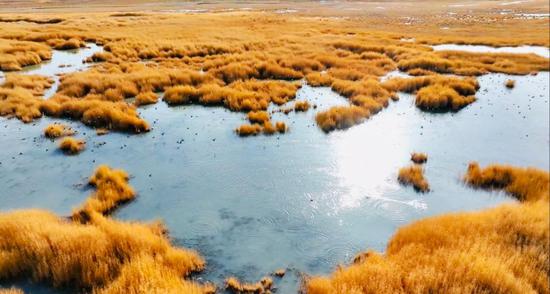


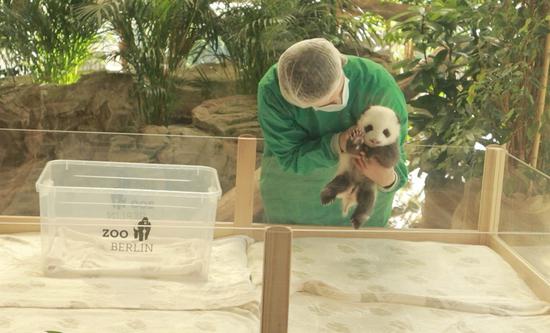









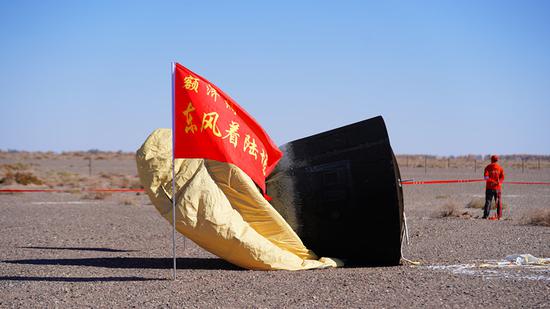
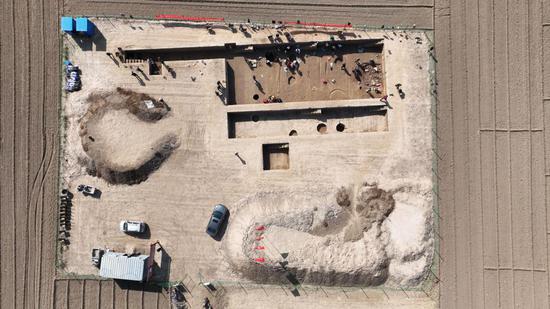











 京公網(wǎng)安備 11010202009201號(hào)
京公網(wǎng)安備 11010202009201號(hào)